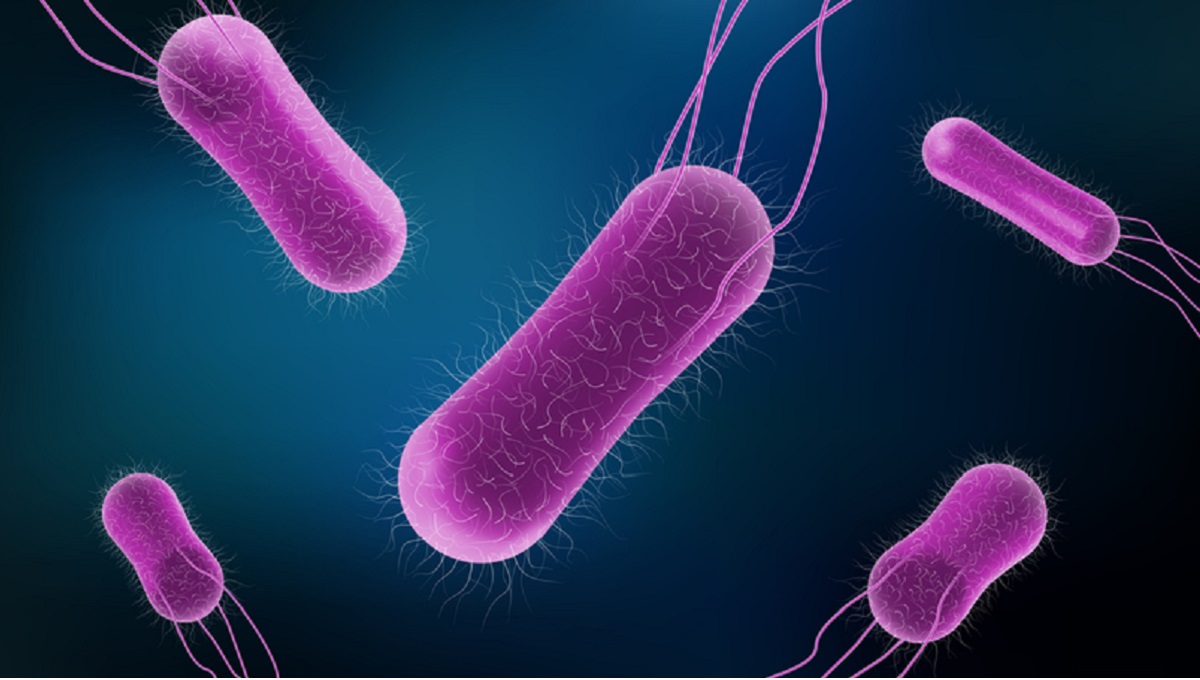Recalling that some papers mention that Salmonella is a hazard that should be addressed, I peeked in my preharvest folder for quotes. Here are some from 2024. Salmonella, a Gram-negative, rod-shaped bacterium from the Enterobacteriaceae family, is a significant cause of illnesses in humans and animals.
It resides in the digestive tracts of livestock, poultry, and other warm-blooded animals and can contaminate various environments and foods through fecal matter. Salmonella enterica, the main species that affects humans, is widespread in cattle, pigs, and poultry. Despite efforts to control pathogens in meat systems, over 1.
4 million human salmonellosis cases occur annually in the U.S., with serotypes S.
enteritidis and S. typhimurium being predominant. Brashears, M.
M., R.L.
Jimenez, R.M. Portillo, R.
Bueno, B.D. Montoya, A.
Echeverry, M.X. Sanchez.
2024. Innovative approaches to controlling Salmonella in the meat industry. Meat Science.
109673. doi.org/10.
1016/j.meatsci.2024.
109673 . Non-typhoidal Salmonella are major foodborne bacterial pathogens estimated to cause more than one million illnesses, thousands of hospitalizations, and hundreds of deaths annually in the United States. More than 70 percent of Salmonella outbreaks in the United States have been associated with agricultural animals.
.. Chen, R, Yang L, Pajor MS, Wiedmann M, Orsi RH.
2024. Salmonella associated with agricultural animals exhibit diverse evolutionary rates and show evidence of recent clonal expansion. m.


















